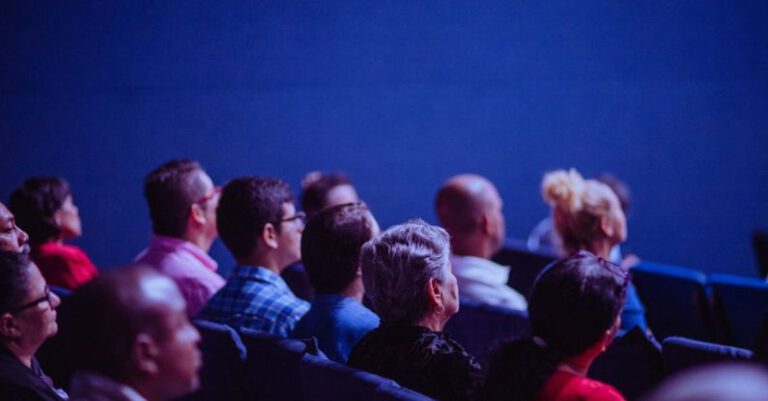
Traditional dance performances hold a significant place in cultures around the world, offering a unique glimpse into the history, values, and traditions of a community. These captivating displays of movement and rhythm are not only a form of entertainment but also serve as a means of preserving cultural heritage and passing it down through generations. From graceful ballet to energetic folk dances, traditional dance performances showcase a wide array of styles and techniques that reflect the diversity of human expression. In this article, we will explore the key features that define traditional dance performances and make them such a cherished art form.
Cultural Significance
Traditional dance performances are deeply rooted in the cultural heritage of a community, often drawing inspiration from historical events, religious beliefs, social customs, and everyday activities. These dances serve as a medium through which stories are told, rituals are performed, and emotions are expressed. Each movement, gesture, and musical accompaniment in a traditional dance carries symbolic meaning, allowing the audience to connect with the cultural narrative being portrayed on stage. Whether it is a celebratory dance at a festival or a solemn ritual performed during a religious ceremony, traditional dance performances play a vital role in preserving and promoting cultural identity.
Costumes and Props
One of the striking features of traditional dance performances is the elaborate costumes and props worn by the dancers. These outfits are often rich in color, texture, and design, reflecting the aesthetic sensibilities of a particular culture. From intricate beadwork and embroidery to flowing fabrics and ornate accessories, traditional dance costumes are crafted with meticulous attention to detail. In addition to costumes, props such as masks, fans, ribbons, and musical instruments are frequently used to enhance the visual appeal of the performance and add depth to the storytelling. The combination of vibrant costumes and props not only adds to the spectacle of traditional dance performances but also helps transport the audience to a different time and place.
Music and Rhythm
Music is an integral part of traditional dance performances, providing the rhythmic foundation upon which the movements of the dancers are based. Traditional dances are often accompanied by live music, featuring instruments like drums, flutes, strings, and vocals. The music sets the mood, pace, and tone of the performance, guiding the dancers through their choreography and creating a harmonious blend of sound and movement. Rhythms in traditional dance performances can range from slow and lyrical to fast-paced and dynamic, showcasing the versatility and skill of the dancers. The synergy between music and dance is a key feature that distinguishes traditional dance performances from other forms of artistic expression.
Storytelling and Narrative
Traditional dance performances are not just displays of physical prowess and technical skill; they are also powerful storytelling devices that convey cultural myths, legends, and histories. Through a combination of movement, music, and expression, dancers communicate narratives that resonate with the audience on an emotional level. These narratives often explore themes of love, loss, triumph, and struggle, offering insights into the values and beliefs of the community from which the dance originates. Whether it is a classical ballet that tells a tragic love story or a folk dance that celebrates a bountiful harvest, traditional dance performances have the ability to transport spectators to different worlds and evoke a wide range of emotions.
Celebration of Diversity
Traditional dance performances celebrate the diversity of human expression and serve as a testament to the richness of global cultures. Each dance style carries with it a unique set of movements, gestures, and traditions that reflect the history and worldview of a particular community. Whether it is the graceful movements of classical Indian dance, the spirited footwork of Irish step dancing, or the rhythmic hip swaying of African tribal dances, traditional dance performances offer a window into the cultural tapestry of the world. By embracing and showcasing this diversity, traditional dance performances promote understanding, appreciation, and respect for different ways of life.
In Conclusion
Traditional dance performances are a vibrant and dynamic art form that encapsulates the essence of cultural heritage and human expression. Through their unique blend of storytelling, music, costumes, and movement, traditional dances captivate audiences and provide a glimpse into the traditions and values of diverse communities. By embracing the key features that define traditional dance performances, we can gain a deeper appreciation for the artistry and significance of this timeless form of artistic expression.





